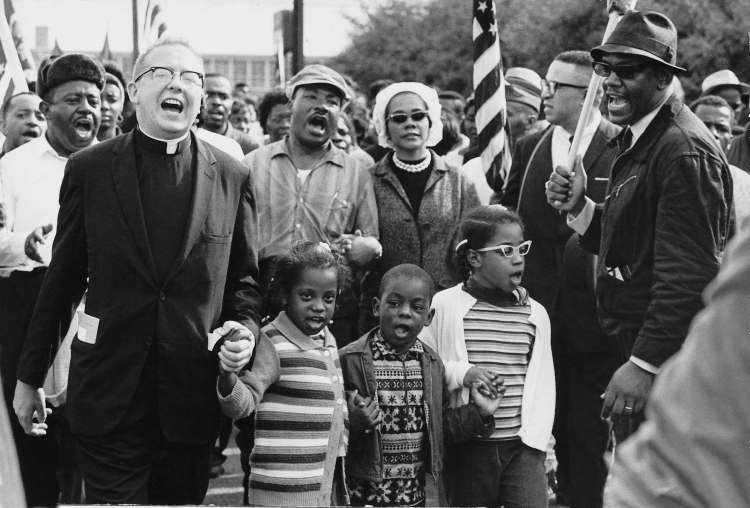Honoring the Fight for Civil Rights Through Parks
Publication Date
Image

Story/Content
For most of my life, I’ve held the belief that parks were ecologically valuable, beautiful, and could stir up emotions in people with an affinity for nature. However, I admit to being limited in the way I thought of parks, not really seeing their immense social significance. In my mind, parks were stagnant. They housed long-living, unmoving trees or cold statues of important people we were taught in school to revere. However, since starting my job at the Institute at the Golden Gate and working with the national parks I’ve begun to understand that parks, like our nation’s history, are far from stationary. They’re fluid, changing with the times and the people infusing new meaning into them.
This past Thursday, outgoing President Barack Obama added 50,000 new acres of national monument space, bolstering his legacy of preserving the most natural, cultural, and historic sites of any American president under the Antiquities Act of 1906. Thinking of this momentous act by numbers—in this case acres—does not do it justice. It is the social significance of these sites to the Civil Rights Movement in the United States that makes this a captivating story.
One of the new national park sites is the Birmingham Civil Rights National Monument, making up around four city blocks. This site includes the Sixteenth Street Baptist Church, where four African American girls died and 22 other church goers were injured in a bombing set by a white supremacist in 1963, Kelly Ingram Park, where non-violent civil rights protesters were hosed down by police, the A.G. Gaston Motel, where segregation opponents organized in the 1960s, and more.
Another one of the new sites is the Freedom Riders National Monument in Anniston, Alabama, which includes the site of a former Greyhound bus station where members of the Ku Klux Klan fire bombed protesters who fought for integration in interstate busing. Like the protests at Kelly Ingram, the visuals of the firebombing rattled the consciousness of Americans, spurring for the federal government to eventually overturn interstate bus segregation.
The other new site is the Reconstruction Era National Monument, located in Beaufort County, South Carolina and represents a number of places where black Americans built their communities and grappled with how to live in the country post slavery. It is the first national monument that spotlights the realities of Reconstruction. The national monument includes Penn Center, formerly the Penn School, one of the first schools for freed slaves.
All of these new monuments hold immense importance to telling the difficult truths in America’s history and help us to reconcile our past so we can move towards progress. These sites are spaces where black Americans were routinely targeted, where they prayed and strategized for the betterment of their people, and where their communities did their best to thrive despite the institutionalized barriers that existed long after the formal end of slavery. Coming off of Martin Luther King Jr. Day, we know now more than ever that America still has a long way to go to address the injustices of our past and make sure we safeguard the civil rights of those here now.


